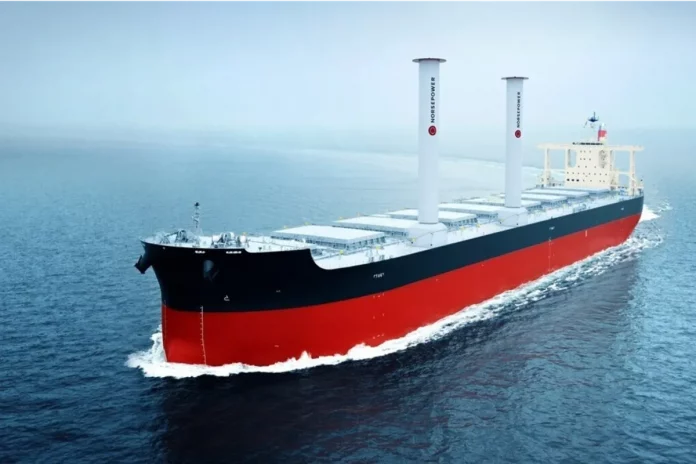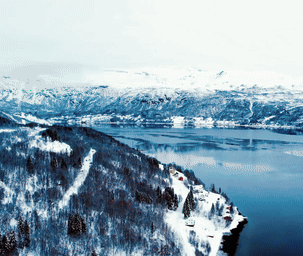Dutch group launches $66m fundraise for ocean-going salmon farming vessel: “I’ve been a salmon farmer for a long time, and my initial reaction was that there was no way on God’s green earth the stars would align to make this project feasible.”
Dutch aquaculture firm Pan Ocean Aquaculture (POA) has launched a $66 million fundraising campaign to finance the development of Marinova, a salmon-farming vessel designed to operate in international waters.
The company plans to build a fleet of 17 vessels, with the first based on a 229-meter-long, 32-meter-wide Panama tanker, drawing deep-sea water for a closed-containment, flow-through seawater system.
The initiative, led by co-founders Mark van Leeuwen and Philip Schreven, aims to supply fresh salmon to global markets, including the US, on a weekly basis, according to an article from IntraFish. The vessel’s forward motion will drive water exchange, with all intake and discharge filtered and treated.
Five reasons why Marinova could succeed
Alan Cook, a former Mowi Canada East MD, initially had doubts about the project.
Writing in his blog, Cook admitted that when Marinova was first presented to him, he did not believe such a project could work. “I’ve been a salmon farmer for a long time, and my initial reaction was that there was no way on God’s green earth the stars would align to make this project feasible.” But after reviewing its legal, financial, and operational structure, he now sees it as a viable alternative to traditional and land-based farming models. Cook cited five key factors that convinced him of its feasibility:
- Regulatory feasibility – “Thanks, in part, to precedents established by the live marine transport of cattle, swine and sheep, international law protects our right to operate Marinova ships in international waters and to transit territorial waters for the purposes of delivering salmon, crew changes, loading smolts, feed, fuel, conducting maintenance, etc.” Unlike traditional farms, no site-specific aquaculture permits will be required for vessel activities.
- Cost-efficient bulk tankers – “Charter rates and selling prices are known and predictable, thousands of these vessels are safely navigating every ocean on the planet, and an extensive ecosystem of services and maintenance facilities exists to support their operation including crewing, port services and navigation systems.”
- Wind-assisted propulsion – “Rotor sails for ocean-vessels are not new and with carbon-reduction and vessel emission targets becoming stricter in coming years, they are being installed in more vessels every year.” Cook notes that in Marinova’s case, “wind-assisted propulsion can deliver up to 90% of the forward motion required to navigate safely and move seawater through the aquaculture system.”
- Closed-containment, flow-through seawater system – “If you follow the fish media, and this blog, you’ll know that flow-through seawater and hybrid flow-through seawater systems are delivering excellent biological performance on their initial batches of salmon.” The vessel’s water intake will be drawn from depth, filtered, disinfected, and fully exchanged 17 times per day to create a protected and healthy environment for salmon.
- Remote monitoring and AI-driven management – “These systems will allow shore-based teams to monitor daily feeding and health remotely while vessel crews focus on safe operation and maintenance of the vessel.” Cook also highlights that “modern satellite systems will provide real-time temperature, wave-height and oxygen conditions for route-planning and safe navigation.”
From skepticism to backing the project
Despite early skepticism, Cook believes Marinova presents a scalable, cost-effective alternative to land-based salmon farming. “The industry has been committed to the land-based operating model despite the general lack of any sustained success in the sector,” he wrote. “With the right team and execution, Marinova can deliver fresh salmon at a competitive cost, without the biological risks and scaling limitations seen in conventional farming.”
The team has been engaging with investors, regulatory authorities, smolt suppliers, and port service providers over the past few months. While raising capital remains a challenge, Cook sees growing recognition of Marinova’s potential to reshape the industry. “It takes time, dedication, and patience to bring investors on board. But I’ve spent my career building salmon farming operations in remote and underserved regions—this is just another challenge worth tackling.”
The first Marinova vessel is expected to be operational within the next few years, provided the necessary funding is secured.


